


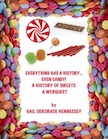
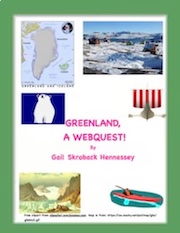
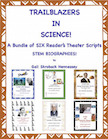


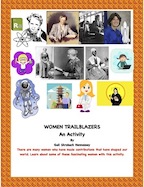
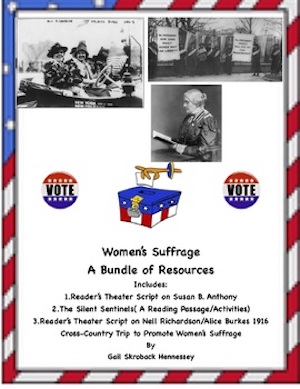
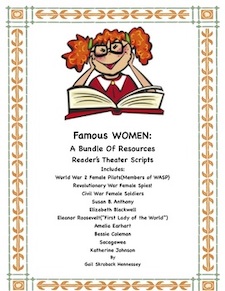
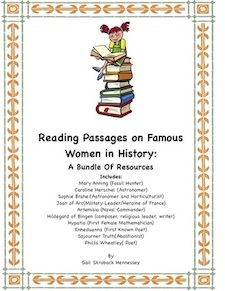
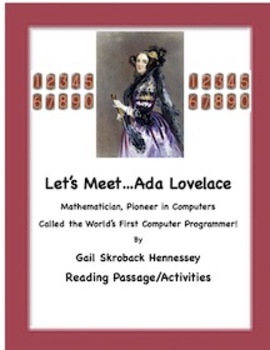
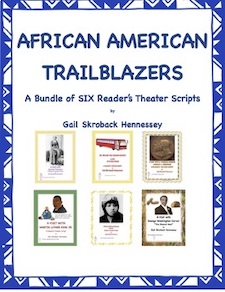
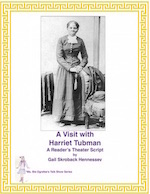
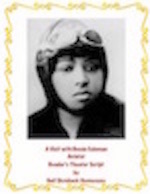




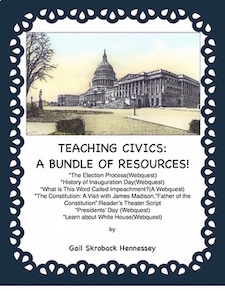
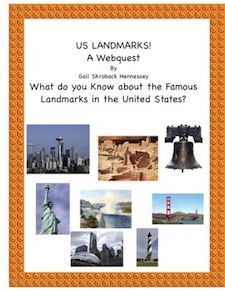
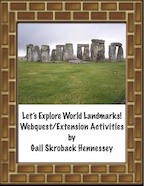
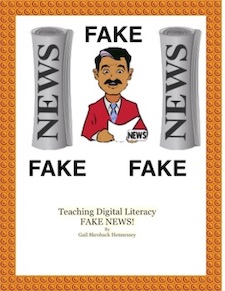
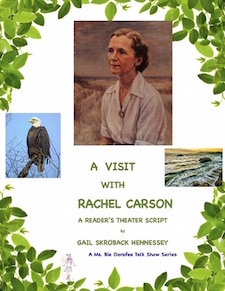
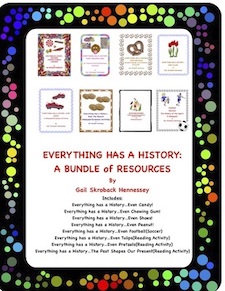
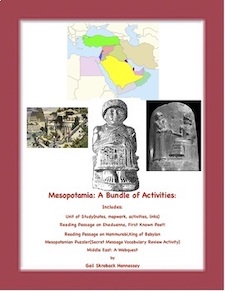
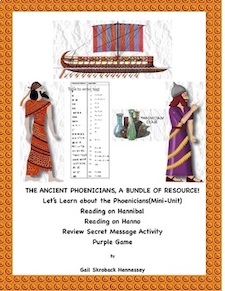
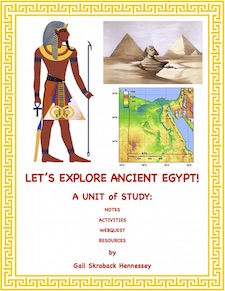
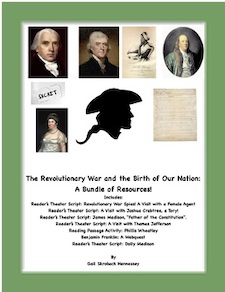
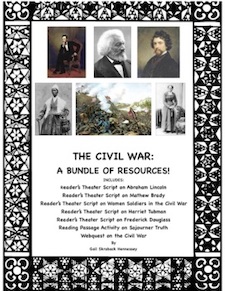
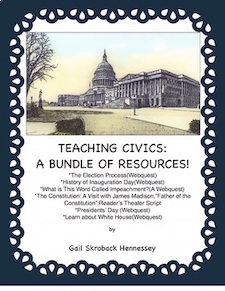
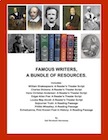
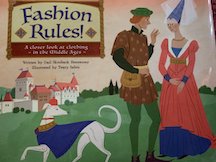
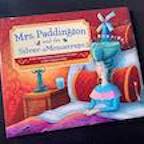
My Book-Mrs. Paddington and the Silver Mousetraps
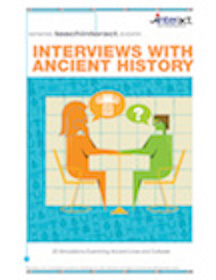



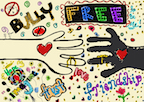
Anti-Bullying Resources
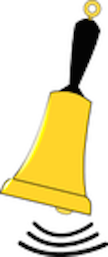
Bell Ringers!
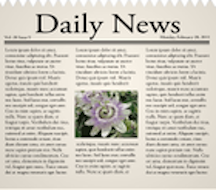
Updated regularly
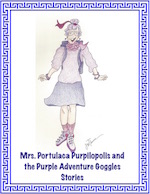
Mrs. Portulaca Purpilopilis
and the Purple Adventure Goggles
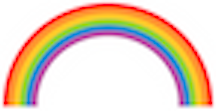
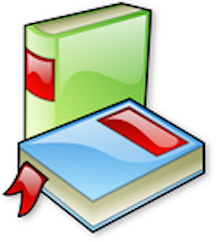


Facts to Wow your Friends!

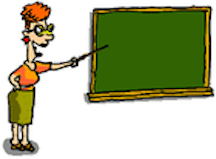 Teaching Ideas!
Teaching Ideas!
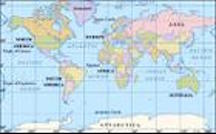




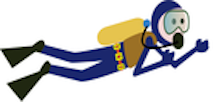


` `

Career Choice: Anthropologist
Dr. Mark Aldenderfer
Department of Anthropology at the University of Arizona

1. Can you explain to young people just what an anthropologist is?
An anthropologist studies human diversity and similarity--we study people living in very simple societies as well as those of more complex peoples. The word anthropology comes from the Greek word “anthropos” meaning human being and logos “speech”. Anthropology: to talk about human beings.
2. What is the best part of your job?
My job gives me many opportunities to travel and to visit other cultures. In the classroom, I can share my experiences with others to help them understand that the world is a complex place, and that there are no simple answers to the problems of the day. Much of my recent work has been in Peru and in Tibet. Both of the places I work are at very high elevations, and I am trying to understand what it takes to live in these very high, cold, and difficult environments. I also want to understand when people in Tibet and Peru began using domesticated plant and animals, and how their lives changed once they had them.
3. What would you say is the most difficult aspect of your career choice?
There is a constant tension in our field between those who believe we should simply study the cultures of the world and those who believe we should be activists for social change and transformation.
4. Do you have a memory you'd like to share with young people concerning your job?
Some of my favorite memories are those of discovering things left behind by people thousands of years ago. I once got to attend a wedding in Tibet--it was wonderful to watch the dances, listen to the songs, and meet the families of the bride and groom.
5. What are the necessary skills/degrees needed to become an anthropologist?
You must be comfortable with people, sensitive to cultural differences, and patient. You need to be a good observer of what is going on around you. You must also learn how to write well and carefully to keep good records of what you see and hear.
6. Any suggestions for young people who might be interested in your career? How can they begin now to get prepared for your career?
Practice writing every day; read widely and as much as you can. Make sure you learn about the world and the different people in it. Keep an open mind and try not to be come too judgemental as you meet new and different people.
7. Where can you work as an anthropologist?
Most anthropologists have teaching positions at universities, colleges, or community colleges. Some work in museums. Still others work for businesses interested in finding effective ways to sell their products or understand how people make choices about the things they buy.
8. Describe a typical day at your job.
During the school year, it is a typical office job--write, read, teach my classes, and do other tasks associated with being a university professor. But during the summer, when I go into the field, a day can be almost anything--visit a new site, talk with new people, find something buried for thousands of years. For example, I recently found a gold necklace in Peru which was very exciting. On the one hand because it is a wonderful artifact( and is the oldest necklace found in the Americas to date), a very beautiful piece of jewelry. But is is also important because it means that the lives of the people who saw it, made it, and worked with it were undergoing some major changes-they were beginning to live in small villages instead of moving around with the seasons.
*
The necklace was found near Lake Titicaca,in southern Peru, and was
made about 4000 years ago and is the oldest known gold jewelry thus
far found in the Americas. Found in a burial site by the remains of
an adult's jawbone, the necklace shows that people used gold to show
their wealth long before earlier thought. Read about the necklace and
see it at:
9. What got you interested in becoming an anthropologist? Did anything in school or your childhood help spark this interest?
I remember books my uncle left in the attic of the house I lived in. These were books full of pictures of fossils, ancient artifacts, and images of people so different from the ones I knew in my daily life. Looking at these books, I think, gave me a real impression that there was a strange but wonderful world out there, and I wanted to see more of it.